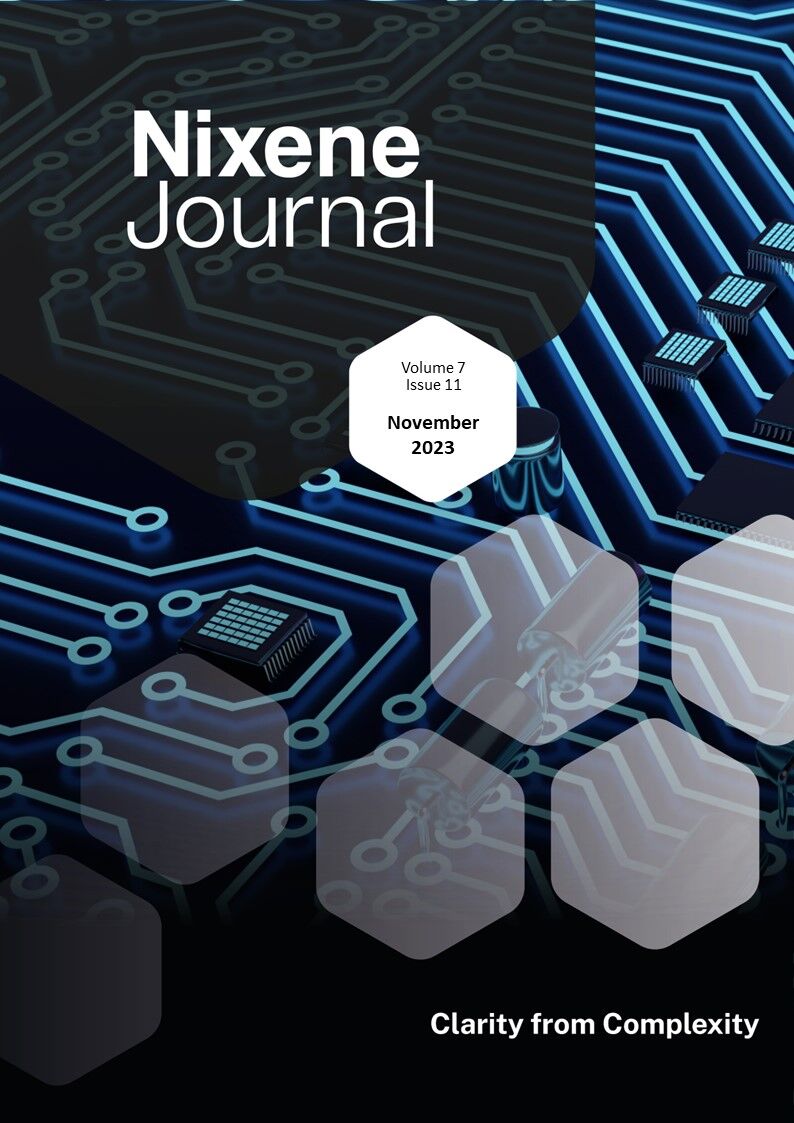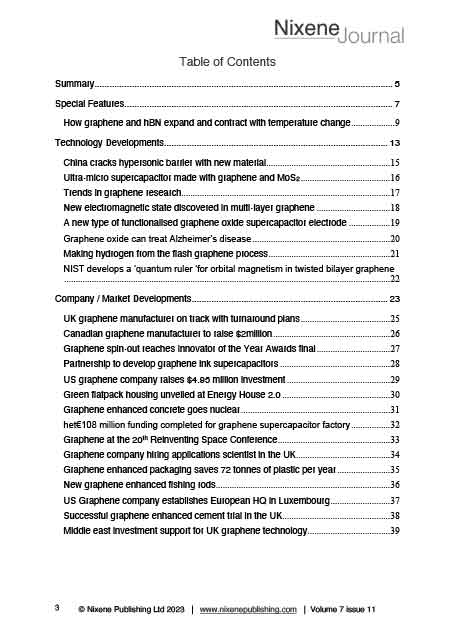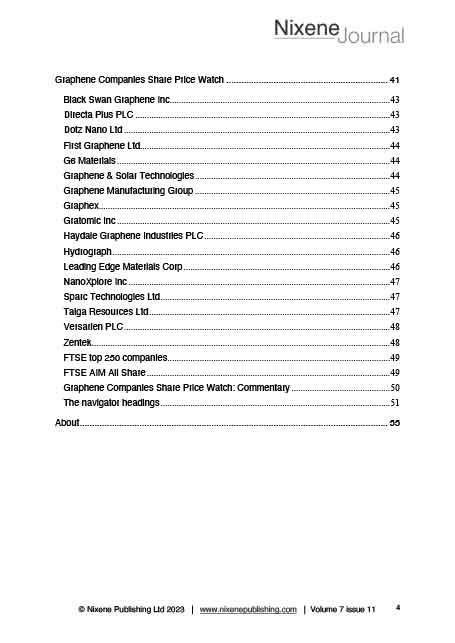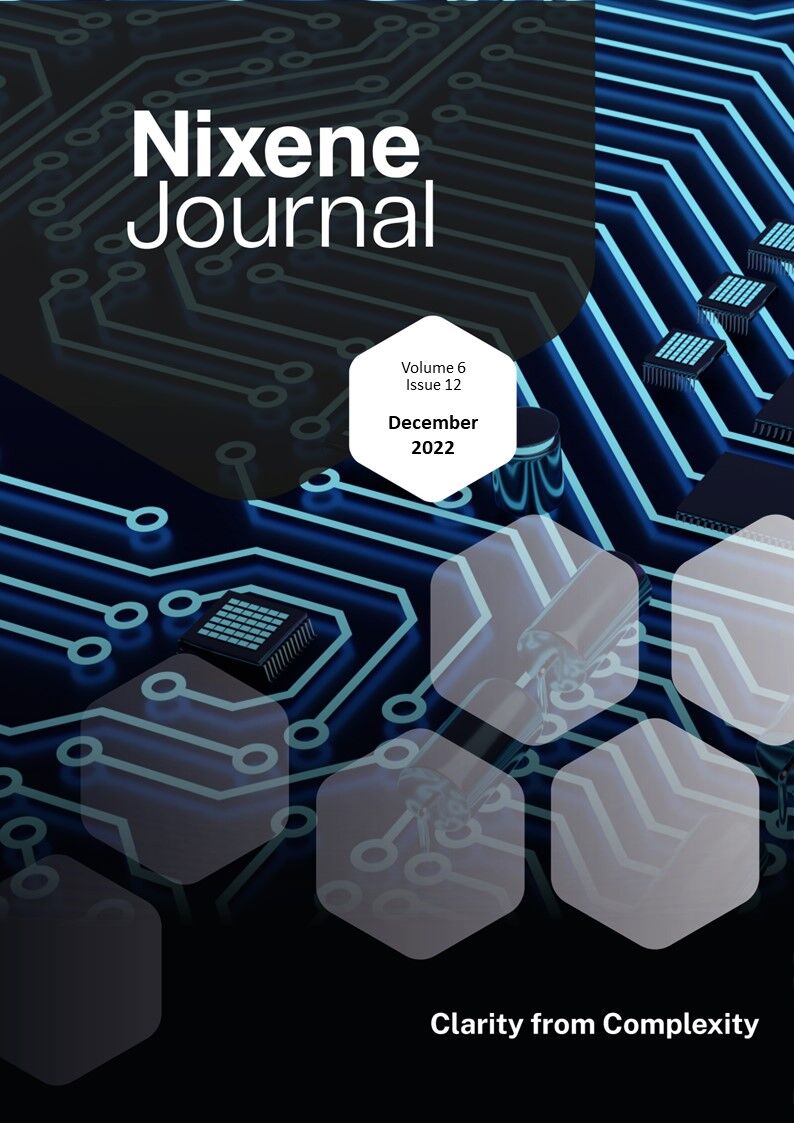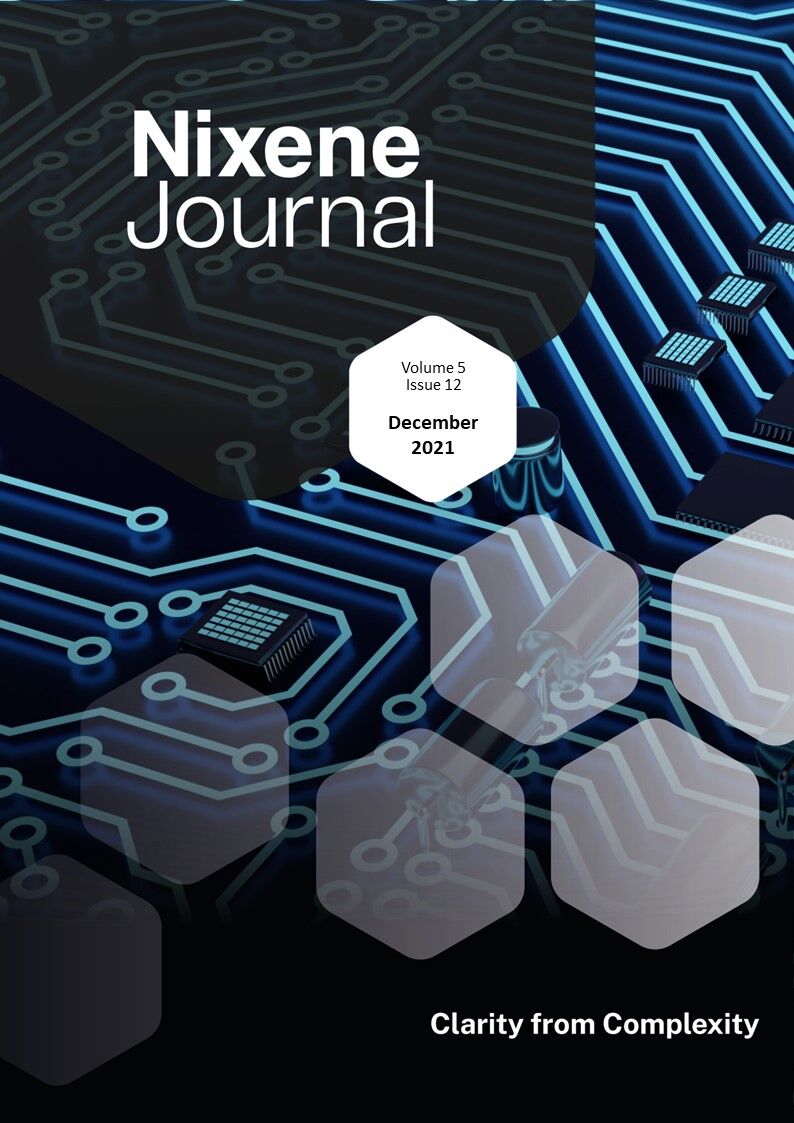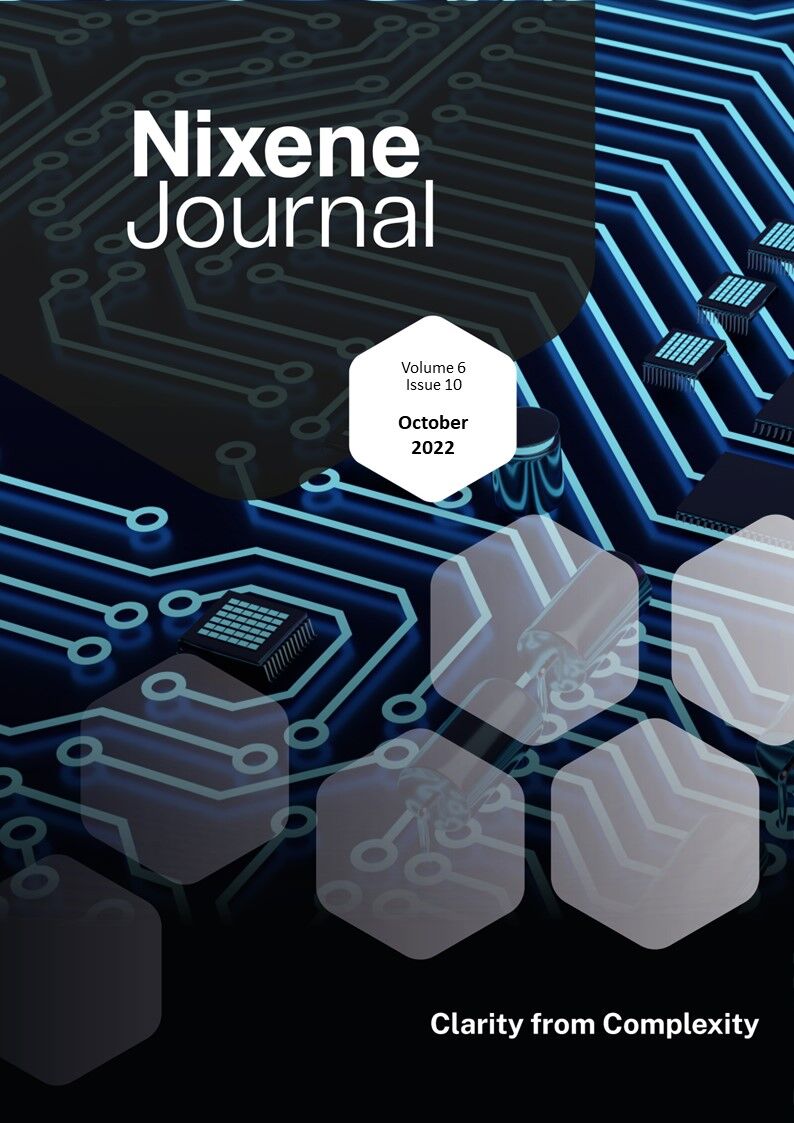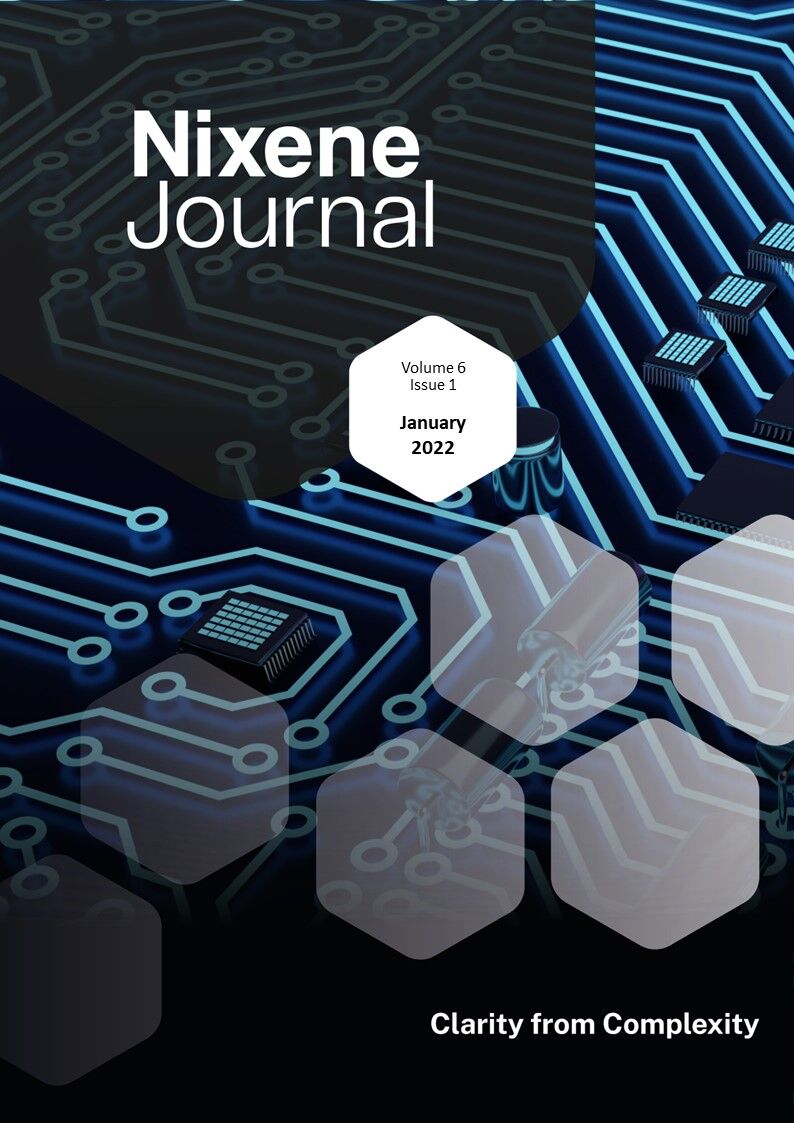Description
The work that caught my attention this month comes from Sweden. Researchers at Chalmers University have been exploring how amyloid protein responds to graphene oxide. Amyloid protein causes the plaques that are found in the brains of people with Alzheimer’s disease. Research is performed using yeast cells which turn out to be a good proxy for brain cells. This doesn’t mean yeast cells are brainy, rather that they respond in a similar way to amyloid protein as do brain cells. These proteins enter the cells in a curled form. Once inside they unfold and interfere with the cell functions causing it to die.
If very small nanoplates (around 90 nanometres) of graphene oxide are mixed with the yeast cells they can find their way inside the cell. What the researchers found is that graphene oxide causes no harm to the yeast cells. However, it does disrupt the amyloid protein unfolding and stops the protein from aggregating forming plaques. The yeast cells survive. Our brain cells should too. This is a long way from a cure for Alzheimer’s, but the trajectory is clear.
Graphene continues to surprise researchers. A new type of magnetic state has been discovered in five-layer graphene. MIT call this a multi-ferroic state where electrons can occupy what are termed valley states. Electrons normally occupy these valley states equally. The interesting part is that using a very low power electric field, the electrons can be steered to different valleys. The researchers think this could be the foundation for an entirely new type of computer memory which has ultra-dense storage and very low power consumption. There is a catch. The five-layer graphene must be stacked in a rhombohedral pattern, and it must be cooled to close to absolute zero. At the moment there is no way to make this pattern, so it has to be selected from crystals of natural graphite at the lab scale.
Supercapacitors feature several times this month. A team in Iran has made a new supercapacitor electrode coating by functionalising (adding a chemical group) to graphene oxide. Electrodes made with this coating appear to be able to store more charge than existing technologies.
Skeleton, the Estonian manufacturer of graphene enhanced supercapacitors, has announced yet more investment. They have raised €180 million to add to the €300 million already raised. This new investment will be for their new super battery factory in Leipzig, Germany.
An interesting announcement has been made by the Chinese military. They claim to have developed a new material with a melting point over 4000°C. This is being used to make a hypersonic missile that is better than anything the USA has. There are only two materials with this high melting point. Read on to find out what we think one of these materials might be…
Adrian Nixon
1st November 2023

